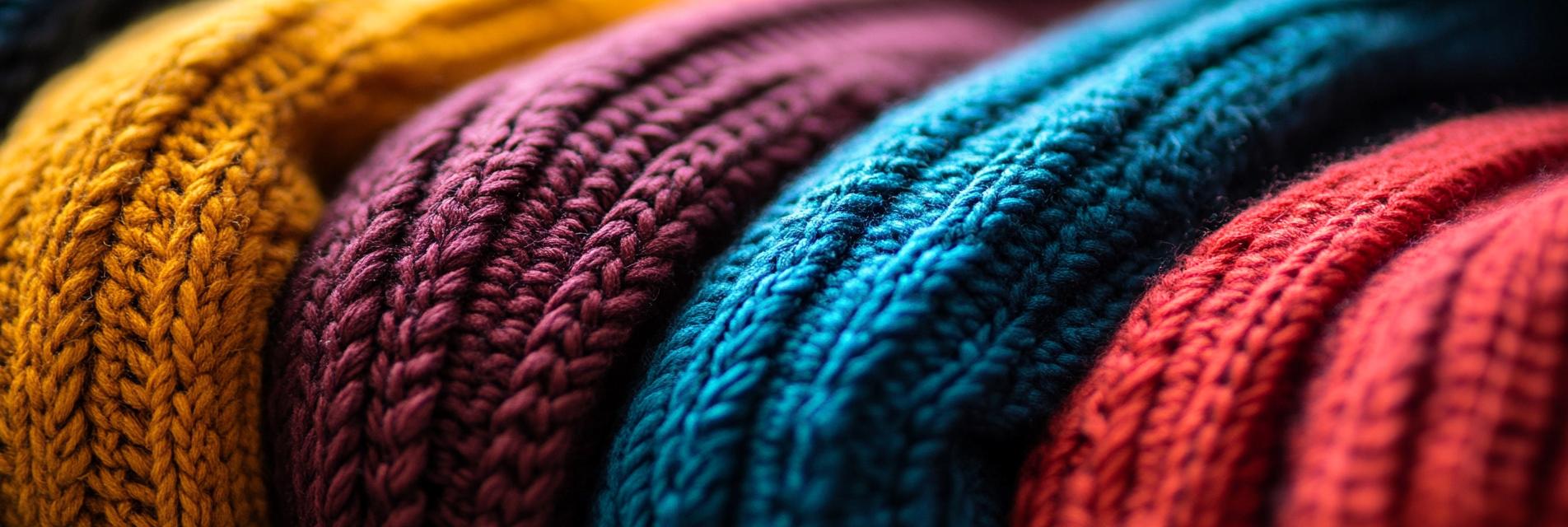As the leader of our marketing team, I have been closely monitoring the evolving landscape of the textile industry, particularly focusing on rib knit fabrics. This analysis aims to dissect current trends, understand consumer preferences, and explore innovations in knitting technology that are shaping the future of this fabric.
Rib knit fabrics are gaining significant popularity due to their versatility and stretch properties. From athleisure to casual wear, these fabrics are increasingly being adopted by designers looking to merge comfort with style. In recent times, lightweight rib knits have emerged as a preferred choice for summer collections, while heavier variants are favored for fall and winter lines.

Market research indicates a growing consumer preference for sustainable fabrics. Therefore, rib knit fabrics produced from organic or recycled materials are increasingly appealing to environmentally conscious buyers. Additionally, the demand for customizability is on the rise, with many consumers looking for unique patterns and colors, pushing manufacturers to innovate.
The knitting technology sector has seen remarkable advancements, allowing for improved fabric durability and enhanced stretchability. Techniques such as circular knitting and warp knitting are being refined, which not only reduce production costs but also enable manufacturers to create intricate designs with ease.
Rib knit fabrics are making a significant impact on the textile industry, influencing not only fashion trends but also production methodologies. As the demand grows for faster and more sustainable fabric manufacturing, brands are increasingly adopting rib knits to meet these modern challenges.
In conclusion, rib knit fabrics are not just a trend but are becoming a staple in the textile industry, driven by consumer demand for comfort, sustainability, and innovation. As a decision-maker in the marketing department, I believe that harnessing the insights from this analysis will enable us to strategically position our products in the market.
